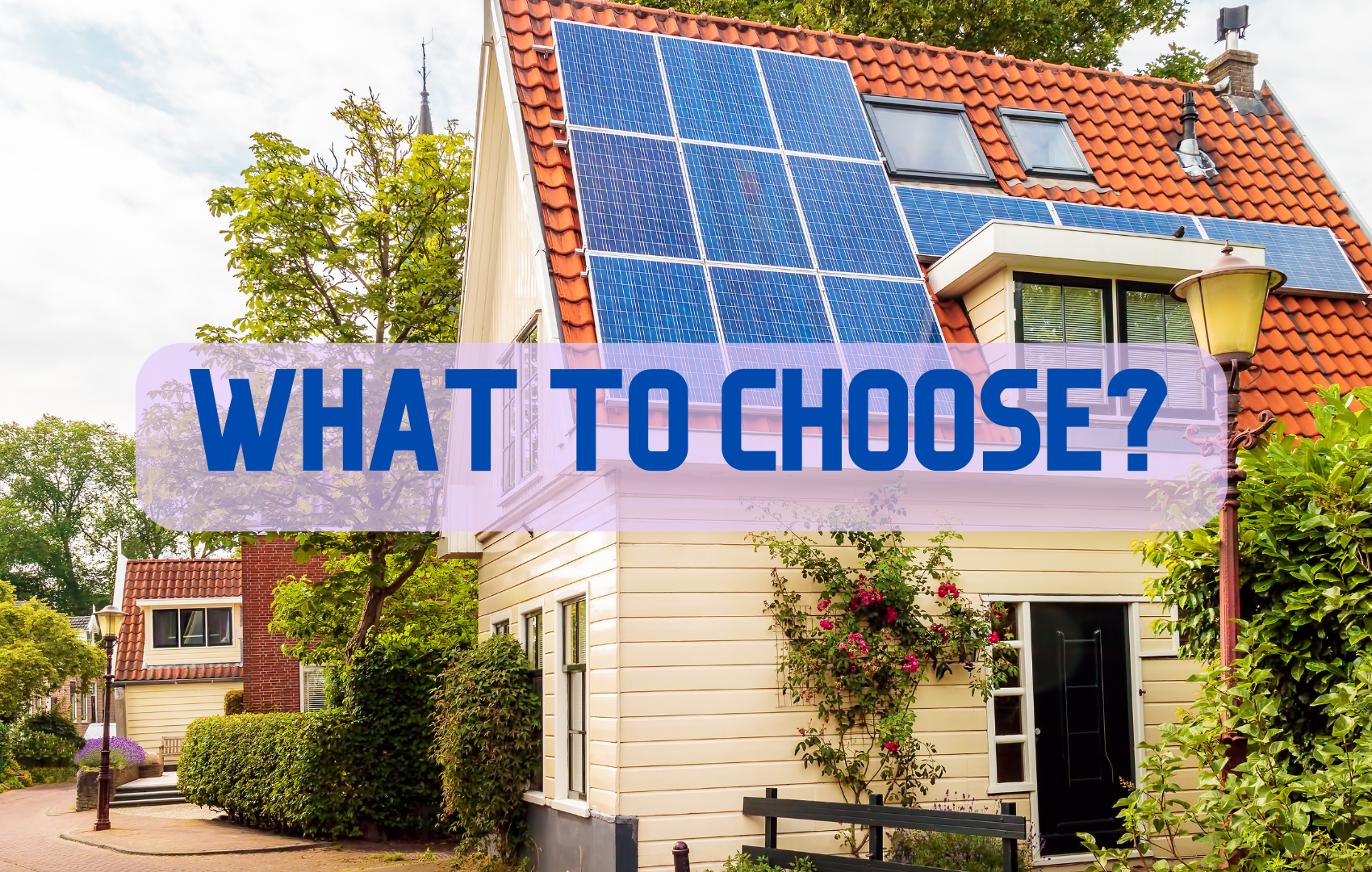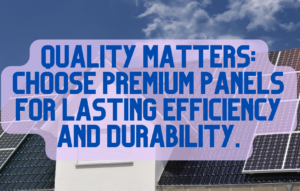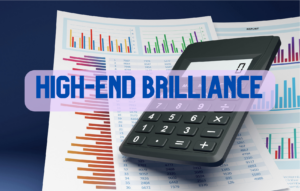Unveiling the Sun’s Power: Exploring the Differences Between Cheap and Expensive Solar Panels
Introduction: In the quest for sustainable energy sources, solar power has emerged as a beacon of hope for a greener future. As the demand for solar panels grows, so does the variety in pricing. The market offers both cheap and expensive solar panels, each with its set of advantages and drawbacks. In this comprehensive exploration, we delve into the key disparities between the two, shedding light on why the cost variance exists and how it influences overall performance.
Material Quality: One of the primary factors contributing to the price gap is the quality of materials used in manufacturing solar panels. Expensive panels often feature high-grade silicon and superior conductive materials, enhancing their efficiency and durability. Cheap panels, on the other hand, might compromise on material quality, impacting their overall lifespan and performance.

Efficiency and Power Output: Expensive solar panels generally boast higher efficiency ratings, converting a larger percentage of sunlight into electricity. This results in a greater power output over the long term. While cheaper alternatives may have lower efficiency rates, they can still be a viable option for those with limited budgets, especially in regions with ample sunlight.
Durability and Longevity: Investing in expensive solar panels often translates to a longer lifespan and increased durability. High-quality materials and advanced manufacturing processes contribute to panels that withstand harsh weather conditions and require less maintenance. Conversely, cheaper panels may have a shorter lifespan and may need more frequent replacements, potentially negating the initial cost savings.

Warranty and After-Sales Support: Another significant difference lies in the warranty and after-sales support offered by manufacturers. Expensive solar panels typically come with more extended warranties, reflecting the manufacturer’s confidence in the product’s longevity and performance. In contrast, cheaper panels may offer shorter warranties, leaving consumers with less protection and support in case of issues.
Aesthetics and Design: Expensive solar panels often come with sleek designs and aesthetic considerations, making them more visually appealing. This might be a crucial factor for homeowners or businesses looking to integrate solar panels seamlessly into their architecture. Cheaper alternatives might have a more basic and less attractive design, which could be a concern for those prioritizing aesthetics.

Cost Examples:
High-End Option:
- Panel Type: Monocrystalline
- Efficiency: 22%
- Cost per Watt: $3.50
- Lifespan: 25+ years
- Warranty: 25 years
- Additional Features: Advanced weather resistance, sleek design
Mid-Range Option:
- Panel Type: Polycrystalline
- Efficiency: 18%
- Cost per Watt: $2.00
- Lifespan: 20+ years
- Warranty: 15 years
- Additional Features: Moderate weather resistance, basic design

Budget Option:
- Panel Type: Thin-Film
- Efficiency: 15%
- Cost per Watt: $1.00
- Lifespan: 15+ years
- Warranty: 10 years
- Additional Features: Minimal weather resistance, simple design
Conclusion: When navigating the solar panel market, understanding the differences between cheap and expensive options is crucial for making an informed decision. While expensive panels offer superior performance, durability, and aesthetics, budget constraints may lead consumers to opt for more affordable alternatives. Striking a balance between cost and quality is key, ensuring that the chosen solar panels meet specific needs while contributing to a sustainable and eco-friendly future.




